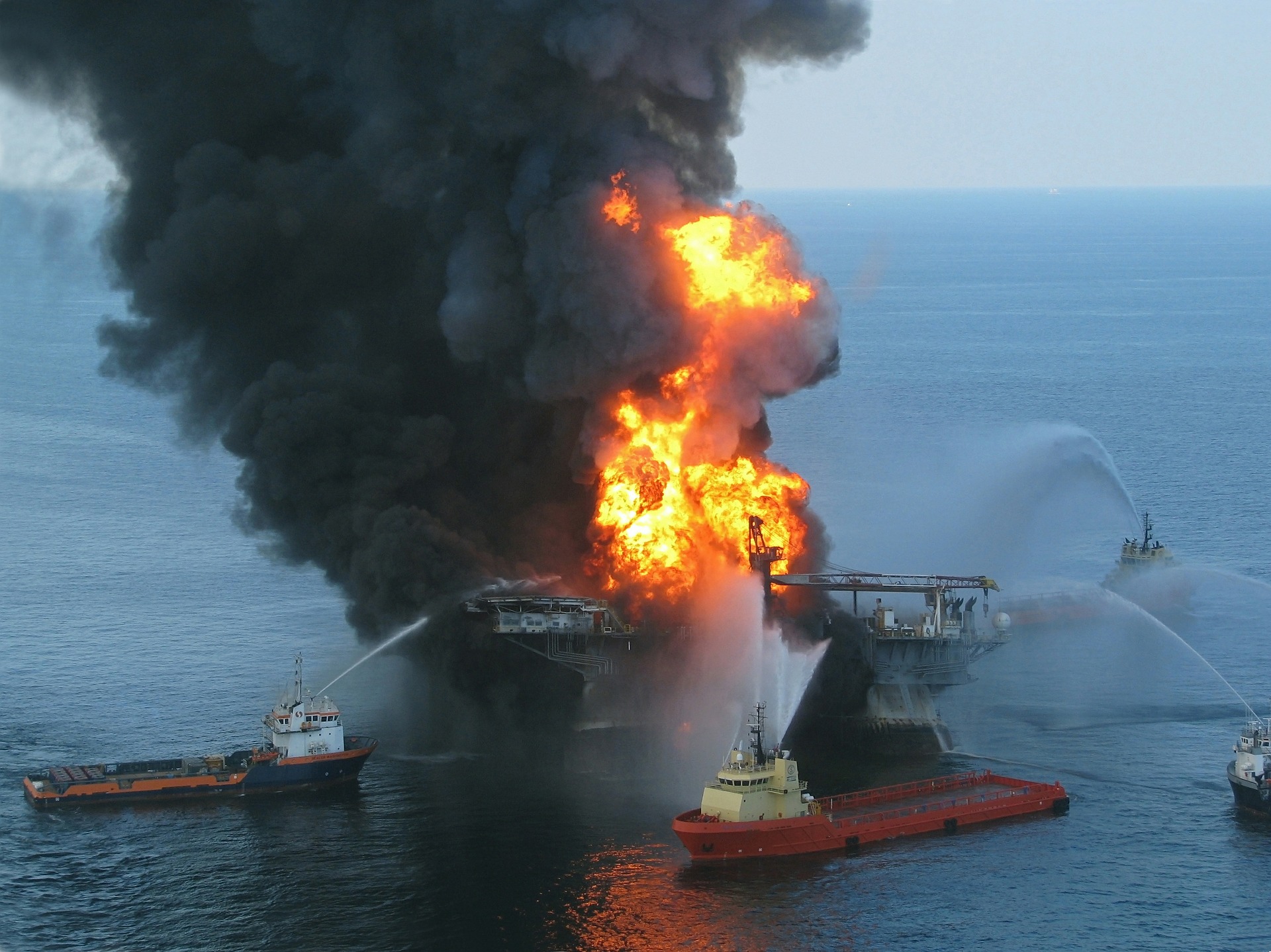Riding Mountain National Park, Manitoba. PinP photo.
As the terrestrial human footprint continues to expand, the amount of native forest that is free from significant damaging human activities is in precipitous decline. There is emerging evidence that the remaining intact forest supports an exceptional confluence of globally significant environmental values relative to degraded forests, including imperilled biodiversity, carbon sequestration and storage, water provision, indigenous culture and the maintenance of human health. Here we argue that maintaining and, where possible, restoring the integrity of dwindling intact forests is an urgent priority for current global efforts to halt the ongoing biodiversity crisis, slow rapid climate change and achieve sustainability goals. Retaining the integrity of intact forest ecosystems should be a central component of proactive global and national environmental strategies, alongside current efforts aimed at halting deforestation and promoting reforestation.
















